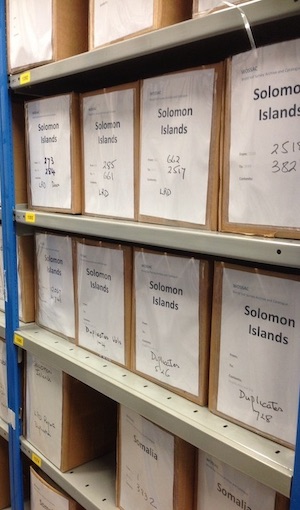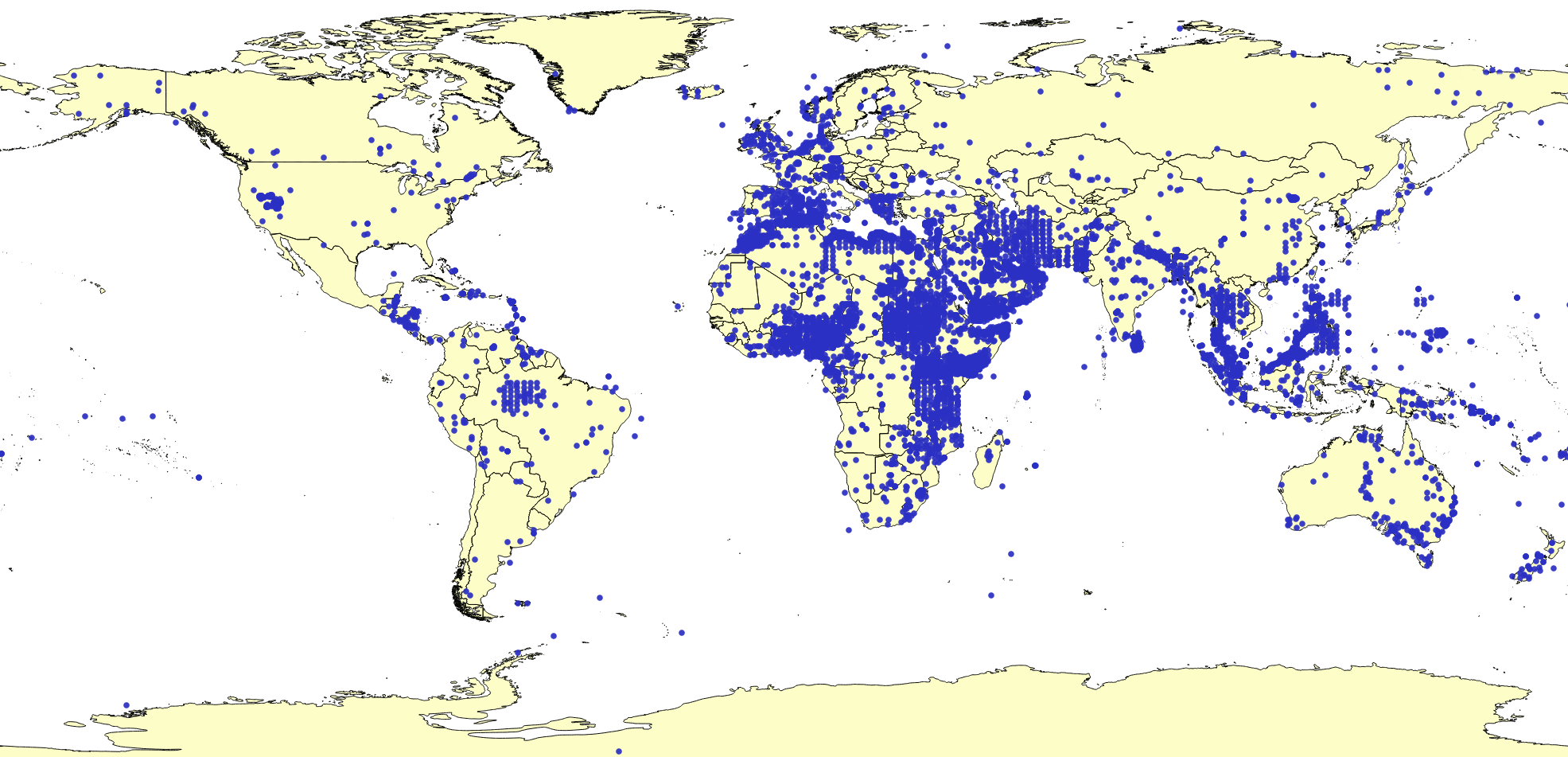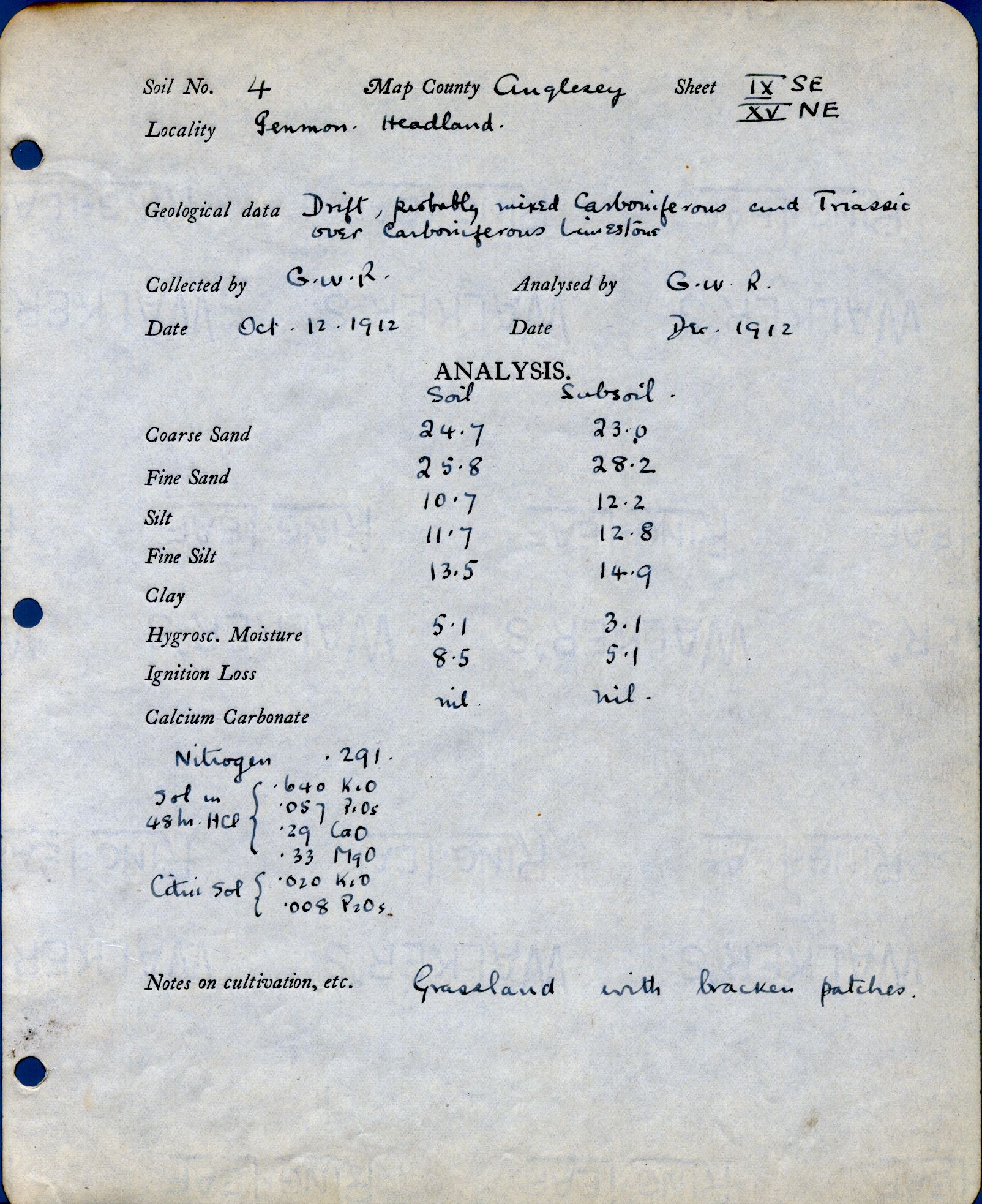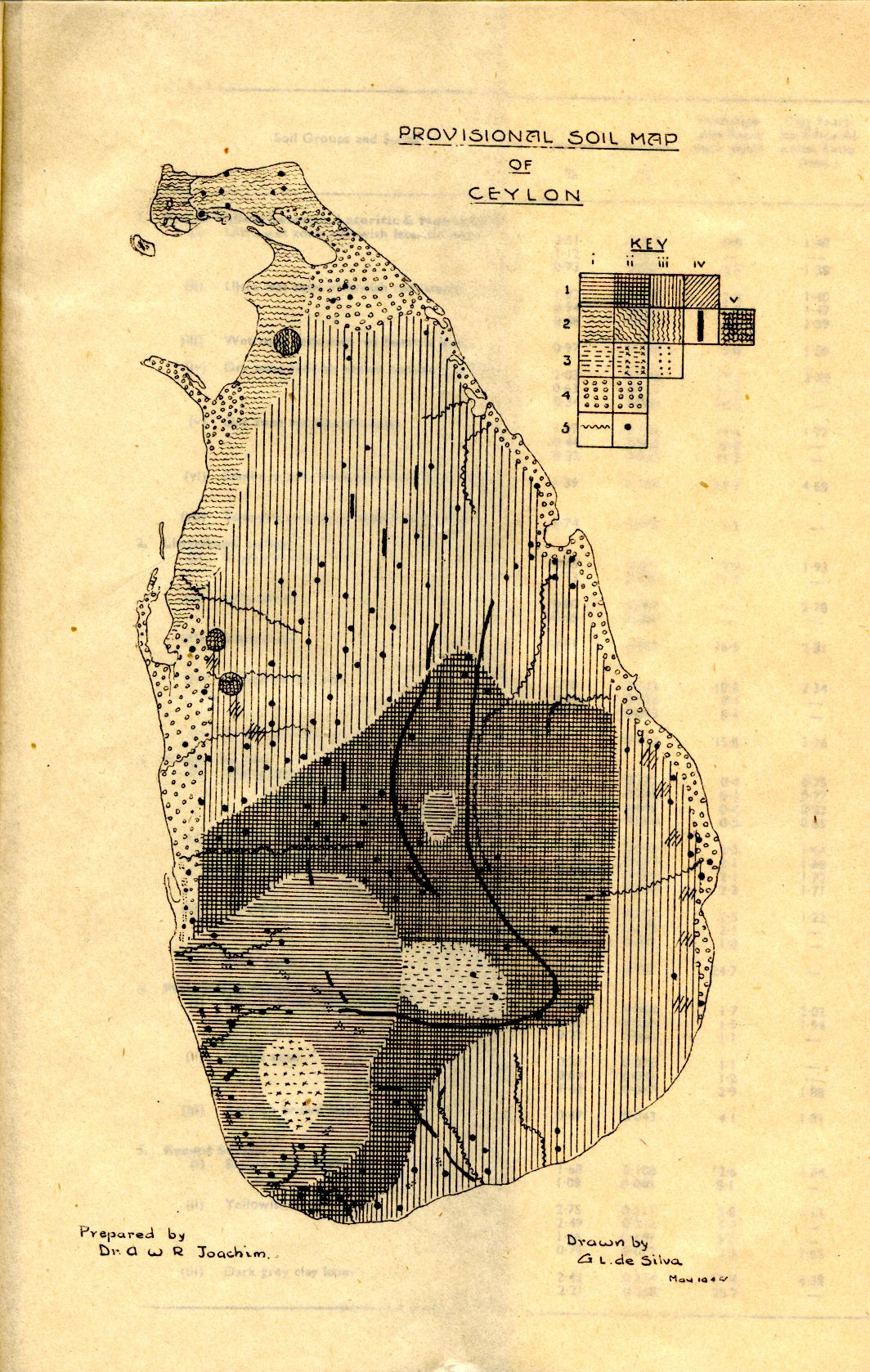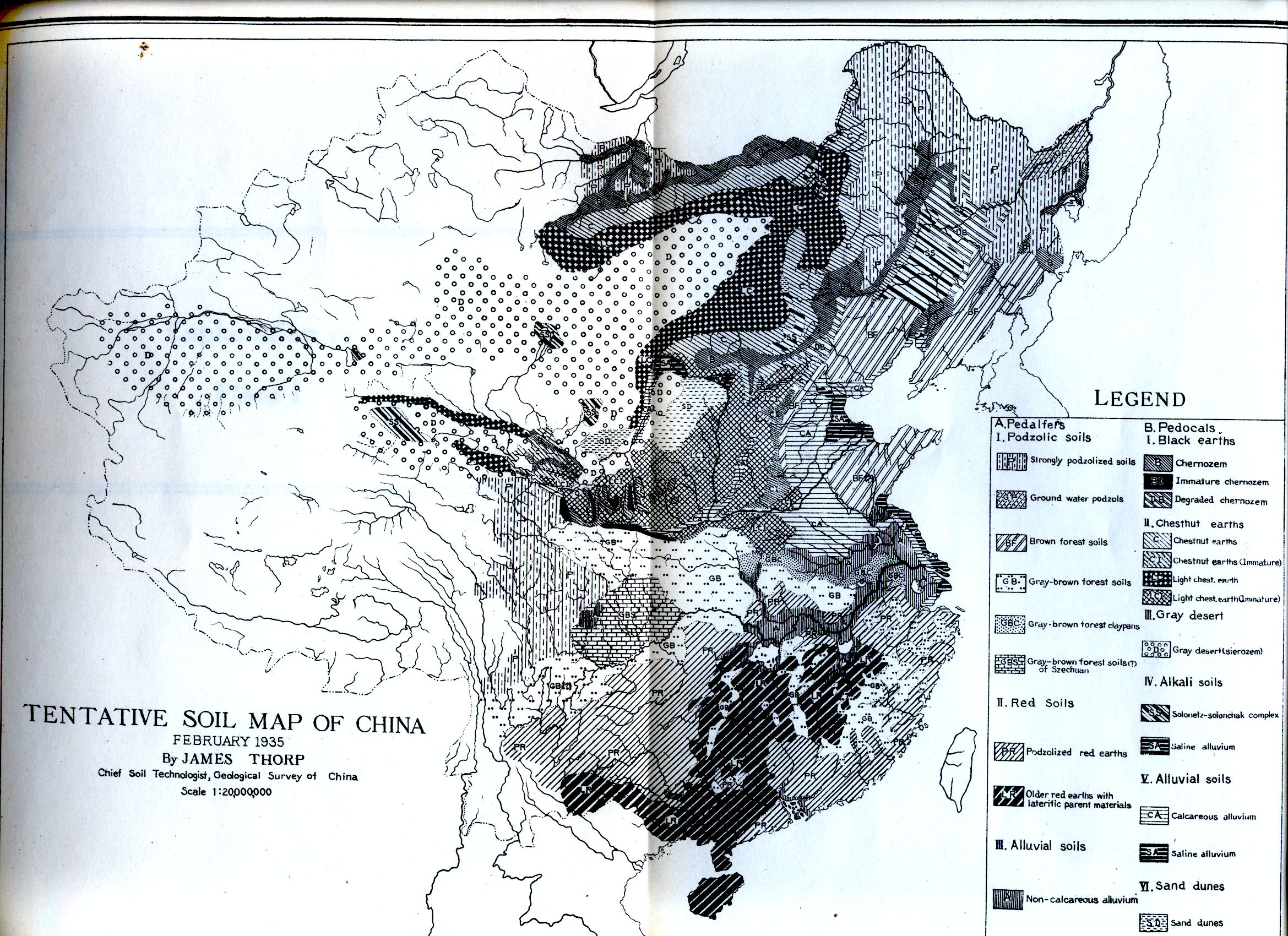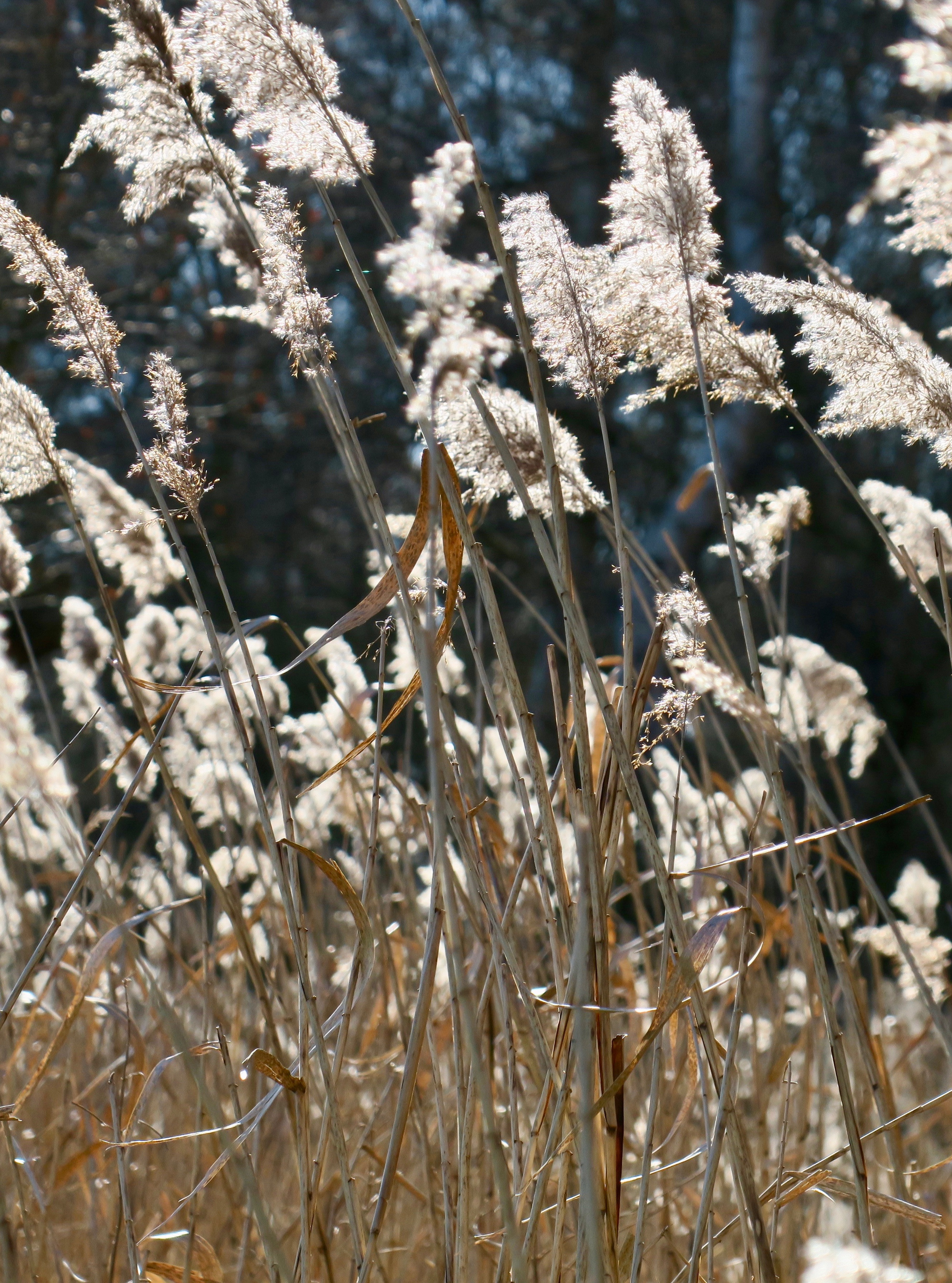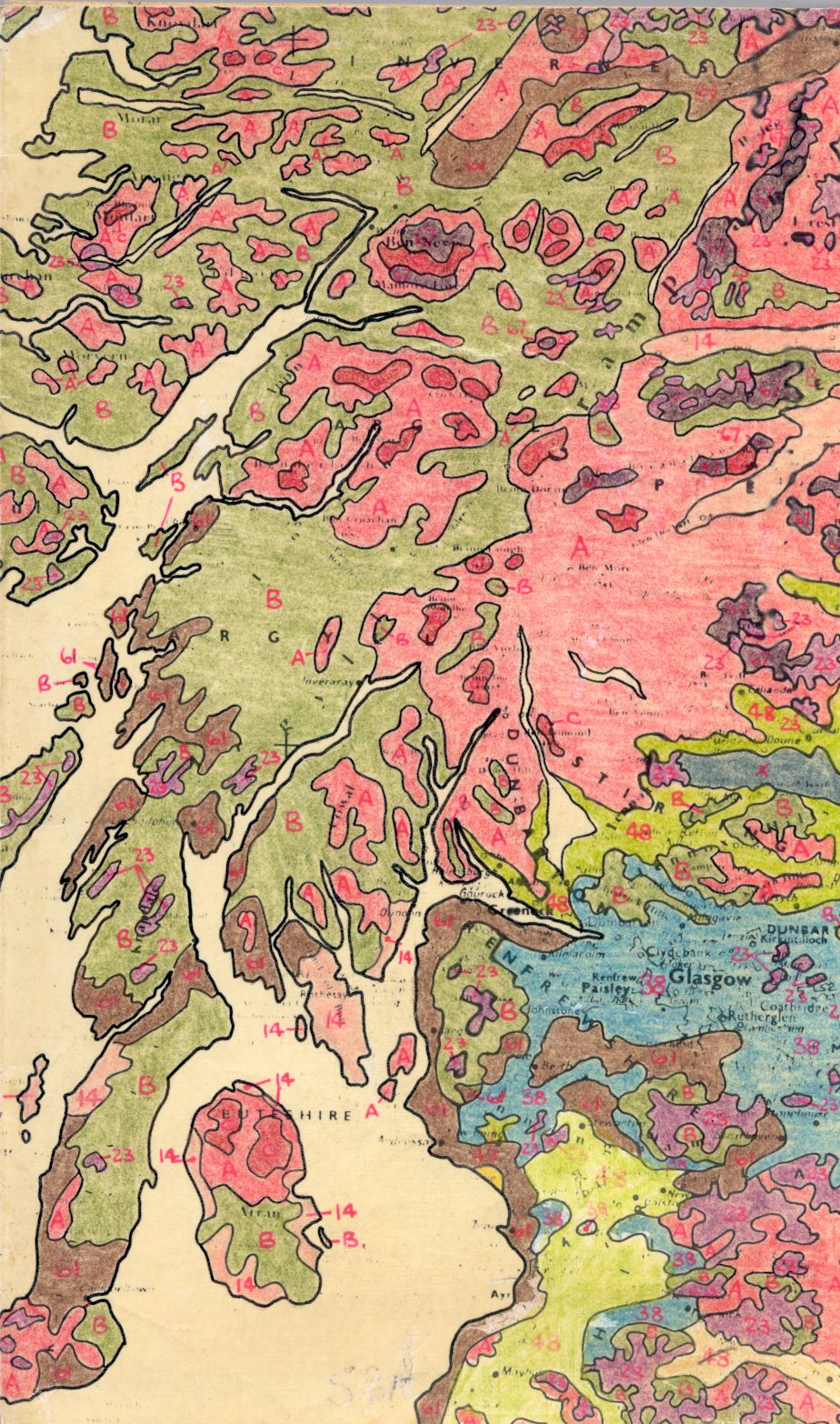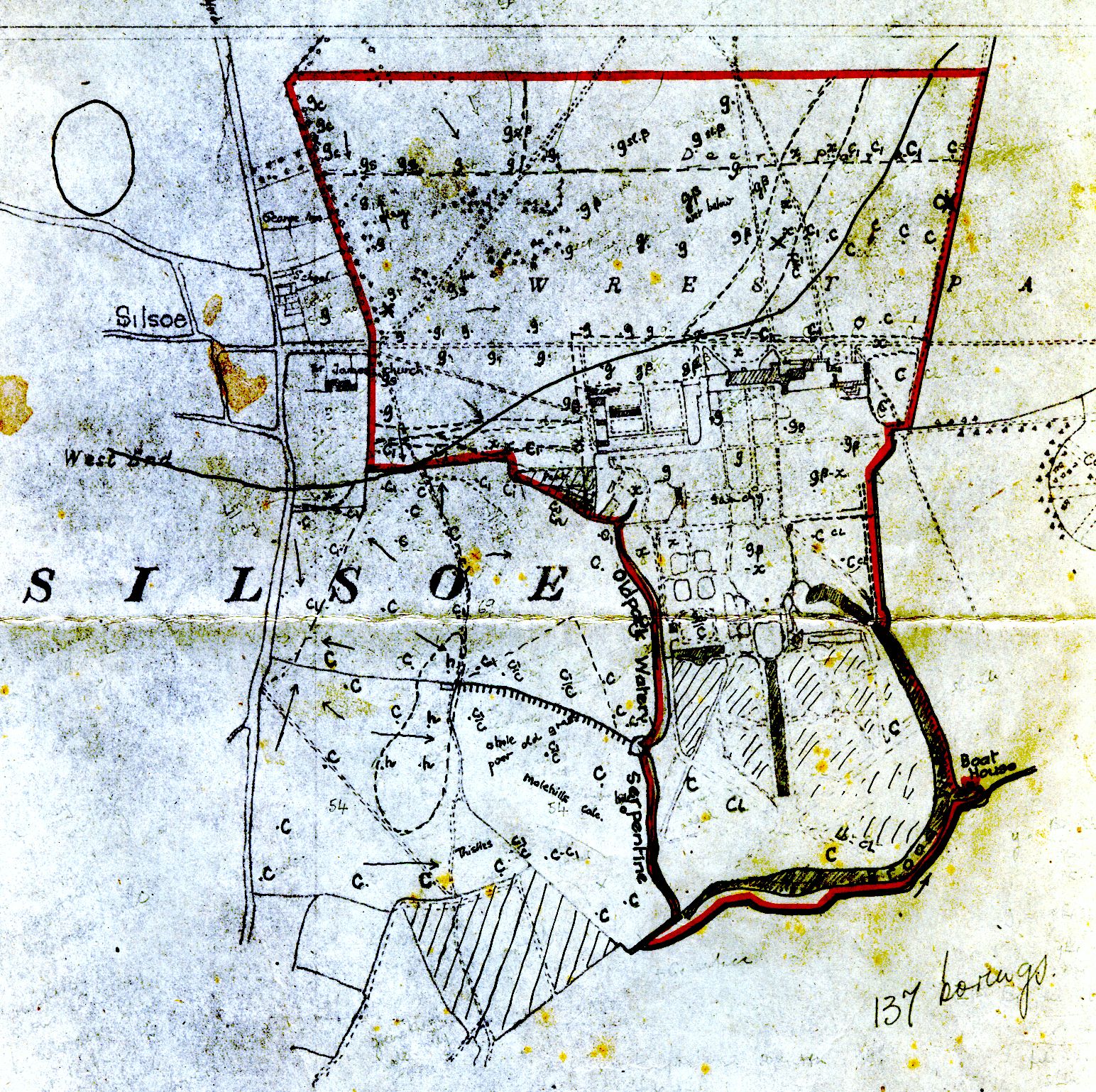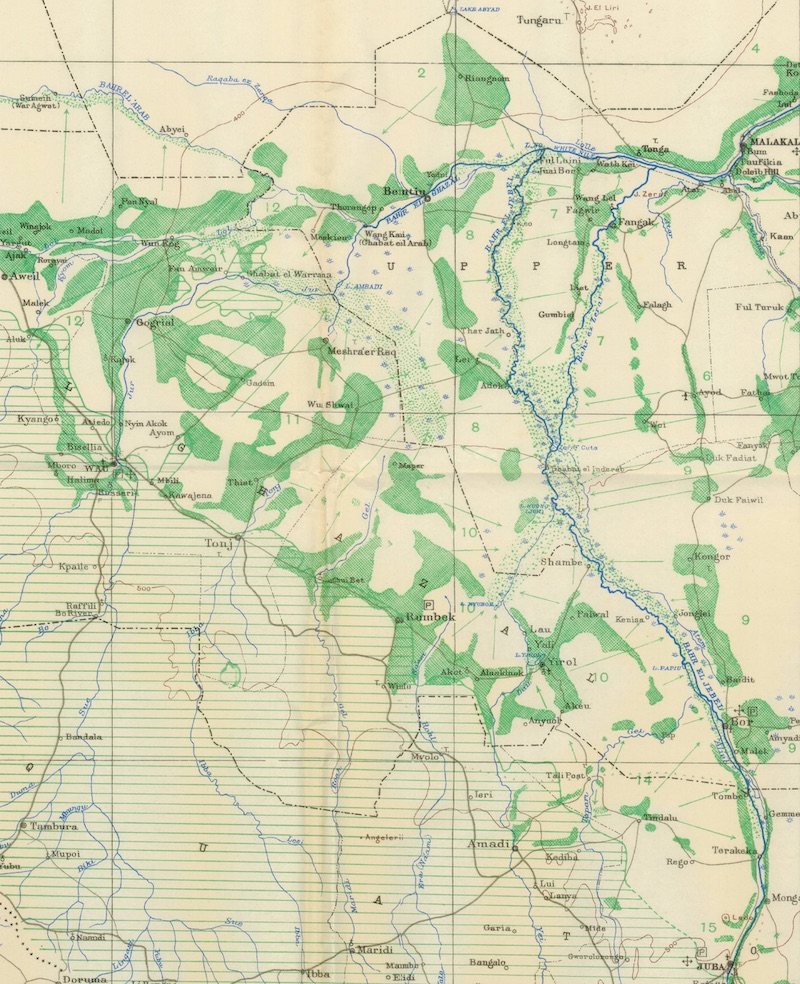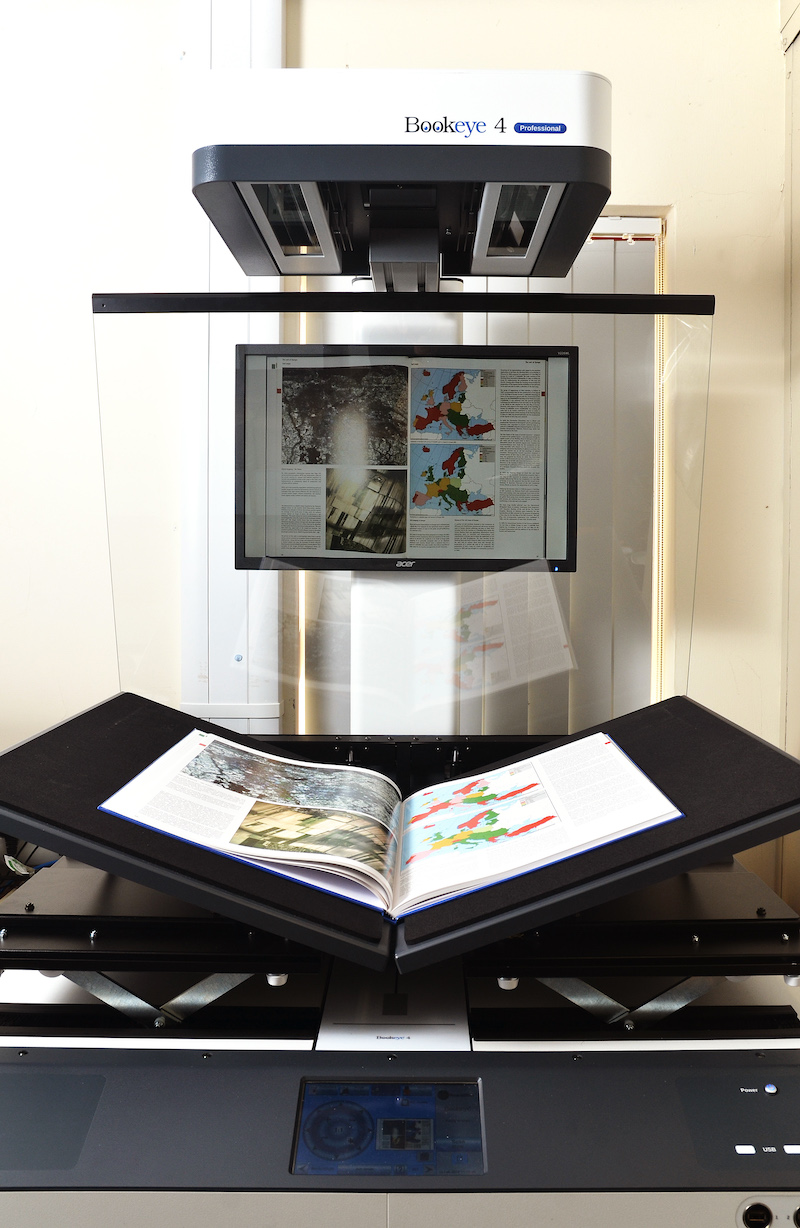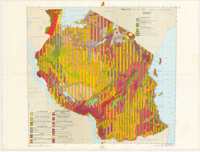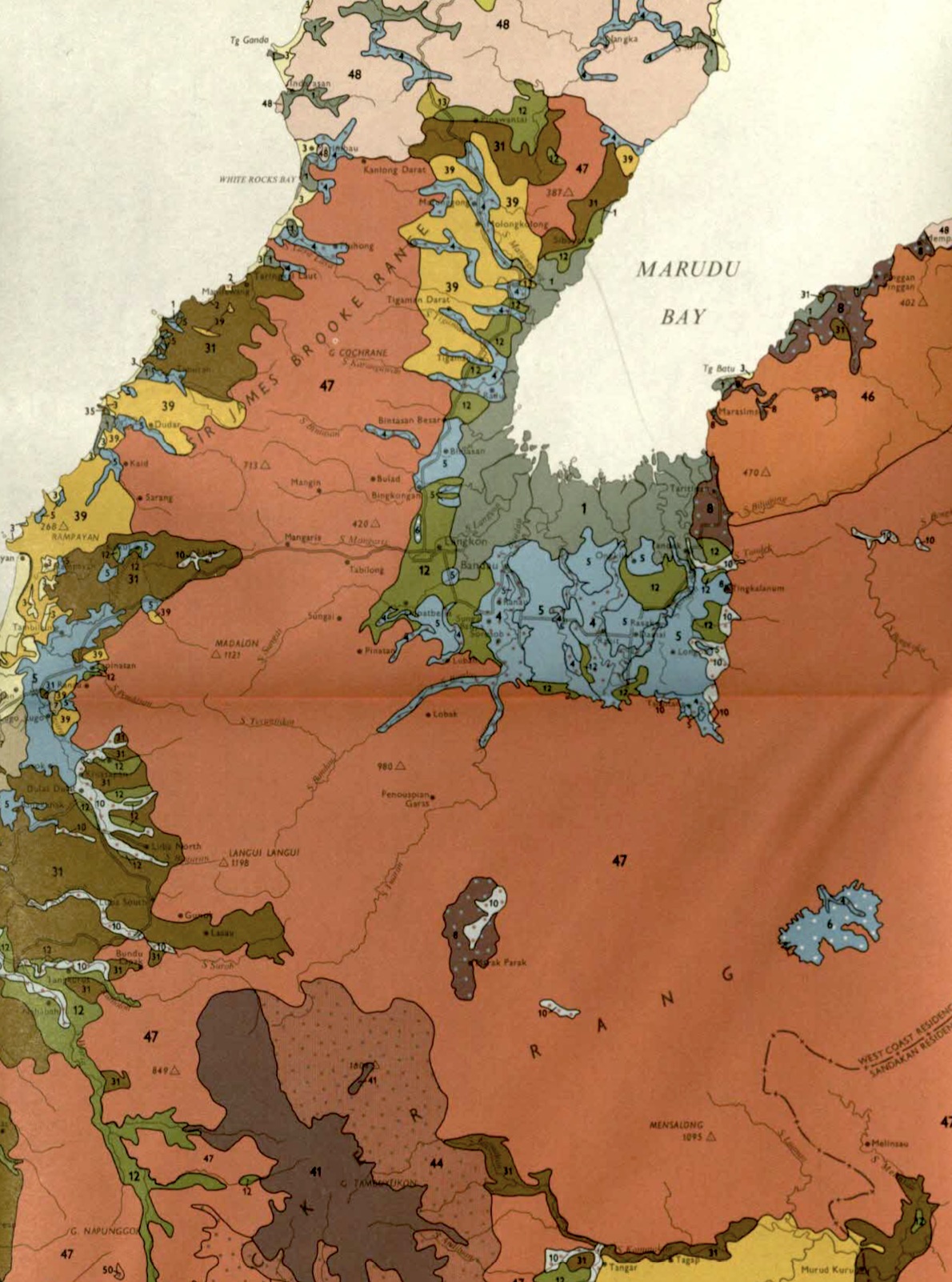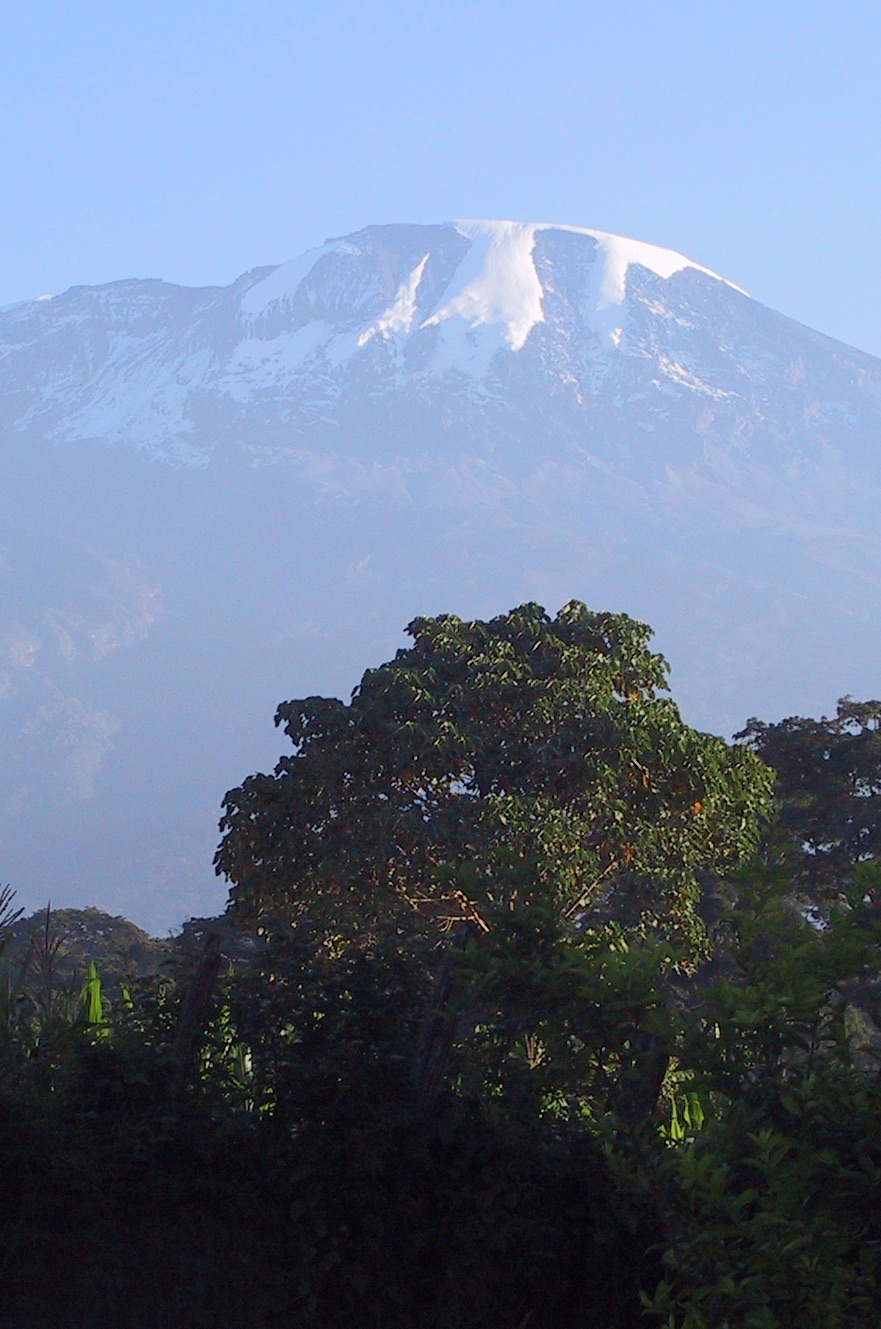Archive Development
The WOSSAC Archive is based at Cranfield University, UK. The archive itself comprises many parts. We have the soil reports section, the soil maps and albums section, a soil books section, an aerial photography section, the soil thin section collection, and a satellite imagery section.
We are constantly seeking the ways and means to improve and develop the WOSSAC facilities. As the former Silsoe College was merged into the University's Cranfield campus, the collection was migrated from the former Silsoe campus to the new Cranfield campus. As part of this, the facilities provided were greatly improved.
Most significantly, following a substantive commitment from Cranfield University, a building programme was recently completed to develop a custom-built facility on-campus, the 'agri-informatics building' B121. This, for the first time, draws together all the principle components of the archive, which until now have necessarily been distributed for space reasons. This has entailed a significant investment and indeed commitment to the archive by the university. The building work, which commenced in 2019, took some 2 years for completion and culminated in a grand opening ceremony in June 2021 with Defra Minister George Eustice MP.
The WOSSAC Archive holds extensive materials for countries and territories worldwide - some countries of which are represented with a better depth of coverage and representation than others. Statistics are provided, providing the list of these countries and territories and the number of holdings for each. The map below portrays the global coverage of the WOSSAC holdings - georeferenced holdings being denoted by a dot on the map. To see the items represented in more detail on a map, you can also try our map search tool.
